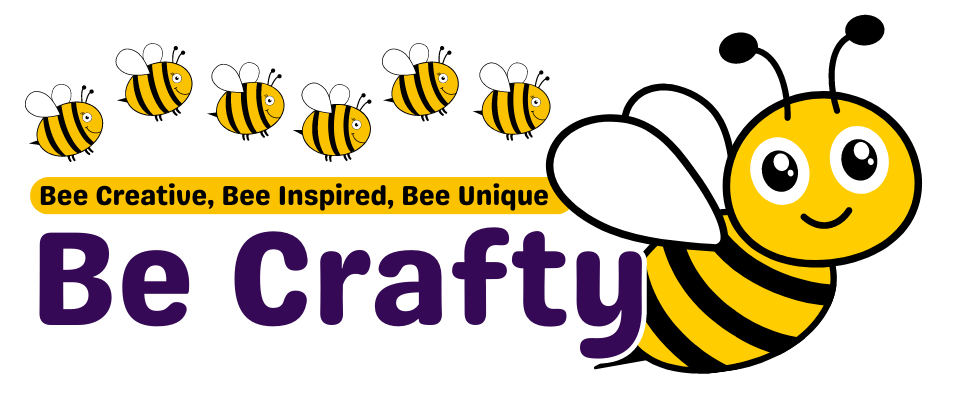Starting a new sewing project can be both exciting and daunting, especially for beginners. One of the most important aspects of sewing is having the right tools and equipment. Among these essential items are pins and needles, which play a crucial role in ensuring that your sewing projects turn out beautifully.
Pins and Needles: Essential Sewing Tools
Pins and needles are indispensable tools in the world of sewing. They come in various sizes and types to cater to different sewing needs. Let’s take a closer look at these two essential sewing tools:
Pins
Pins are used to hold fabric pieces together before they are sewn. They keep the fabric in place, ensuring that your seams are even and your patterns match up correctly. Here are some common types of pins you’ll come across:
-
Straight Pins: These are the most basic type of pins, featuring a long, thin metal shaft with a sharp point at one end and a small head at the other. They come in various lengths and thicknesses to suit different fabrics and projects.
-
Ballpoint Pins: These pins have rounded tips, making them perfect for use with knit fabrics as they won’t snag or damage the material.
-
Glass Head Pins: These pins have a glass head, making them heat-resistant and suitable for use with an iron. They’re ideal for holding fabric in place while pressing seams.
-
Quilting Pins: Longer and thicker than regular straight pins, quilting pins are designed to hold multiple layers of fabric together, making them ideal for quilting projects.
Needles
Needles are the other essential tool in sewing, used to stitch pieces of fabric together using thread. There are many types of needles available, each designed for specific fabrics and techniques. Some common types include:
-
Universal Needles: As the name suggests, universal needles can be used for most general sewing projects involving woven and knit fabrics. They have a slightly rounded tip that can pass through the fabric without causing damage.
-
Ballpoint Needles: Specifically designed for knit fabrics, ballpoint needles have a rounded tip that glides smoothly between the fibers of the fabric without snagging or causing runs.
-
Sharps Needles: Ideal for sewing delicate and lightweight fabrics, sharps needles have a very sharp point that can easily penetrate the material.
-
Leather Needles: These needles have a chisel-shaped point, allowing them to pierce through leather and other heavy materials with ease.
Sewing Basics for Beginners
Now that you’re familiar with pins and needles let’s discuss some essential sewing basics for beginners:
-
Choose the right tools and equipment: In addition to pins and needles, make sure you have a good pair of scissors, a seam ripper, a measuring tape, an iron, and a sewing machine (if you plan on using one).
-
Learn how to thread your sewing machine: Familiarize yourself with your sewing machine’s instruction manual and learn how to properly thread it before starting any projects.
-
Master basic stitches: Practice sewing straight lines, curves, and corners using different stitch lengths and widths until you feel comfortable with your stitching abilities.
-
Press your seams: Pressing seams is an important step in producing professional-looking finished projects. Always press your seams open or to one side using an iron.
-
Start with simple projects: Begin with easy projects such as pillowcases or tote bags before progressing to more complex garments or home décor items.
Remember, practice makes perfect when it comes to sewing. Don’t be afraid to make mistakes – they’re all part of the learning process! With time and patience, you’ll soon be creating beautiful handmade items to be proud of.
